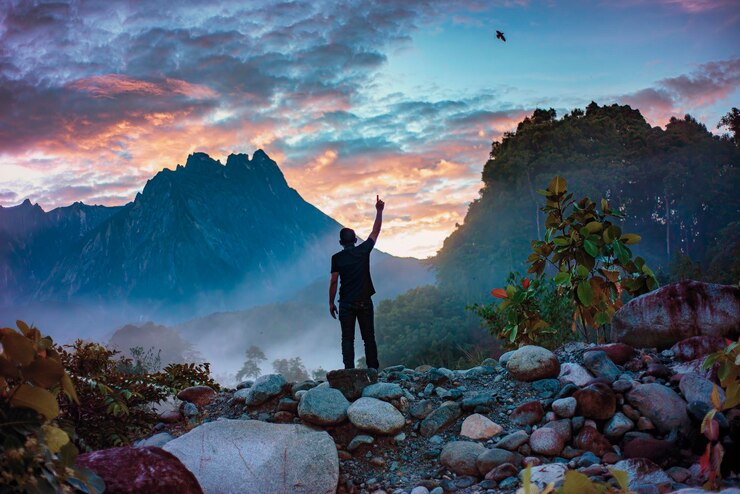Venturing into the wilderness offers a thrilling escape from the hustle and bustle of everyday life, but it also presents challenges and uncertainties. From unexpected weather changes to unforeseen emergencies, being prepared with essential survival skills and DIY hacks can make all the difference between a successful adventure and a potentially Read More
When facing the elements in the wilderness, shelter is your first line of defense against harsh weather conditions. In emergency situations or when camping without a tent, knowing how to construct makeshift shelters from natural materials can be a lifesaving skill. Gather branches, leaves, and foliage to create a simple lean-to or debris hut, providing protection from rain, wind, and sun. Use fallen trees or rock formations as a natural windbreak and anchor your shelter securely to the ground with rocks or stakes. By mastering basic shelter-building techniques, you can stay warm, dry, and safe in the wilderness. Fire is not only essential for warmth but also for cooking food, purifying water, and signaling for help in emergency situations. While matches and lighters are convenient, it’s wise to have backup methods for starting fires in case of equipment failure or depletion of supplies. Explore DIY fire-starting techniques such as using a magnesium fire starter or creating a friction fire with a bow drill or hand drill. Collect dry tinder, such as birch bark or cotton balls soaked in petroleum jelly, to ignite flames more easily. Practice different fire-starting methods in various weather conditions to build confidence and proficiency in wilderness survival. Staying hydrated is crucial for survival in the wilderness, but finding safe drinking water can be challenging, especially in remote locations. DIY water procurement methods can help you quench your thirst and avoid dehydration. Learn how to locate and collect water from natural sources such as streams, lakes, and rivers, using a portable water filter or purification tablets to eliminate harmful bacteria and pathogens. Alternatively, construct a solar still using a plastic sheet and a container to collect condensed water vapor from vegetation or moist soil. Prioritize water procurement as soon as you establish shelter to ensure access to clean drinking water throughout your wilderness adventure. In a survival situation, knowing how to identify edible plants can supplement your food supply and provide essential nutrients to sustain you until rescue or help arrives. Familiarize yourself with common edible plants native to the area where you’ll be exploring, such as wild berries, nuts, and leafy greens. Use field guides or smartphone apps to aid in plant identification, paying close attention to distinguishing features and potential look-alikes that may be toxic or harmful. Remember the adage “leaves of three, let it be” to avoid poisonous plants like poison ivy or poison oak. Conduct thorough research and practice caution when foraging for wild edibles to avoid accidental ingestion of harmful substances. Conclusion: With these wilderness survival hacks and DIY tips, you can approach outdoor adventures with confidence and resilience, knowing that you’re equipped with essential skills and knowledge to thrive in the great outdoors. By mastering shelter-building techniques, fire-starting methods, water procurement strategies, and edible plant identification, you’ll be better prepared to face unexpected challenges and emergencies in the wilderness. Remember to practice these skills in a controlled environment before venturing into the wild, and always prioritize safety and preparedness on your outdoor expeditions. Whether you’re embarking on a day hike, a camping trip, or a backcountry adventure, these DIY wilderness survival tips can make your outdoor experiences safer, more enjoyable, and ultimately more rewarding.

Wilderness Survival Hacks: DIY Tips for Thriving in the Great Outdoors
Venturing into the wilderness offers a thrilling escape from the hustle and bustle of everyday life, but it also presents challenges and uncertainties. From unexpected weather changes to unforeseen emergencies, being prepared with essential survival skills and DIY hacks can make all the difference between a successful adventure and a potentially Read More
